Deathbound is a Soulslike that caught me by surprise. After playing so many imitations of FromSoftware’s games, the concept of switching protagonists mid-fight and molding a team as if building a single character got me on the edge of my seat. It’s rough, but there’s so much promise.
I played a pre-alpha demo of Deathbound and left the experience in awe of its party-swapping mechanic. Characters in the game were known as Essences, and you could jump between four teammates at a time to build off of combo strings and abilities unique to those fighters.
In one second, I’m firing off lightning bolts as a spellcaster, then tapping a button to slam into battle as a hammer-wielding warrior. Afterward, I’m a rogue with a crossbow, trying to create some distance before leaping forward as a nimble spearwoman.
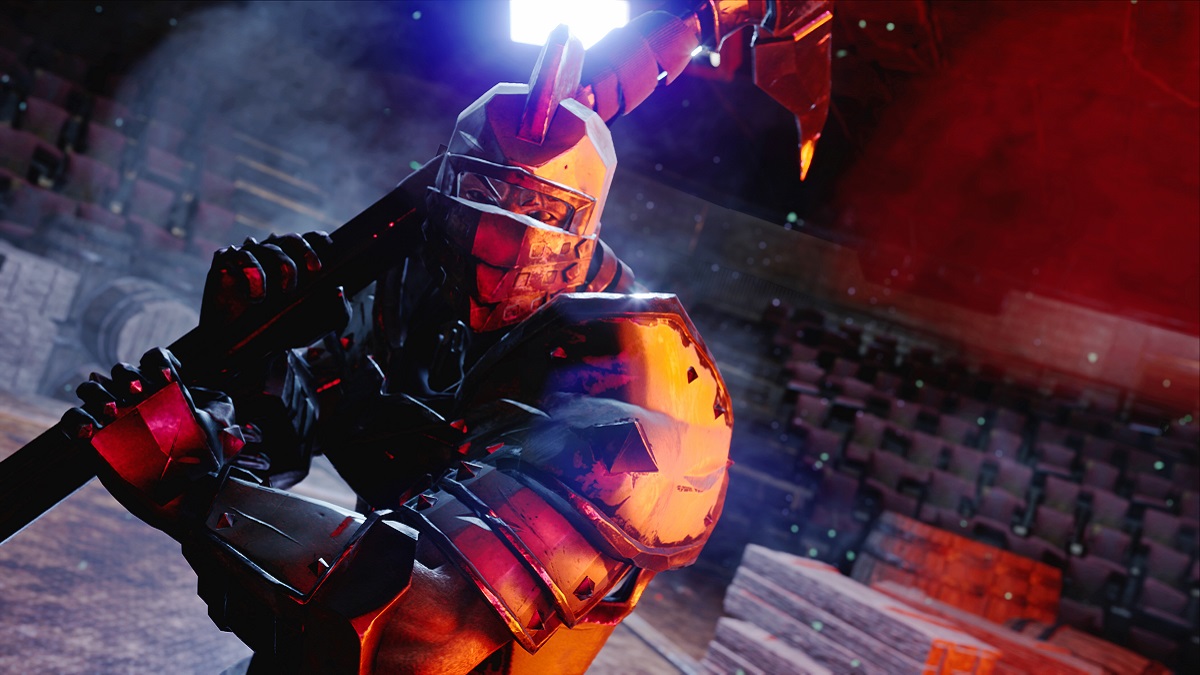
While not a requirement, it’s beneficial to specialize in one or two things in Soulslikes, whether spells or greatswords, but Deathbound instead promotes variety at the snap of the finger.
Deathbound also has this playful, rhythmic rotation that complicates and makes combat engrossing enough to bring home its most unique aspect. As you attack enemies and nail perfect dodges, you build a Sync meter to combo-swap into another Essence.
It takes a bit of skill to time these inputs because Sync attacks are animation-locked, but it’s the only way to switch characters quickly and keep the momentum going. Otherwise, you’re stuck awkwardly shifting Essences through a slow animation and become vulnerable to enemy strikes. This becomes all the more crucial since each Essence has their own health pools, stamina, and movesets for different encounter scenarios, but it only takes one death to get a game over.
Related: Deathbound Gameplay Trailer Highlights Creative Soulslike Combat
It all felt like a balancing act of knowing who to lead with and when to switch things up as you’re up against multiple enemies. Deathbound feeds the fantasy of dipping into various playstyles whenever you like, but ultimately, how it demanded me to be tactical and understand the nuances of each character convinced me this setup has a lot of promise.
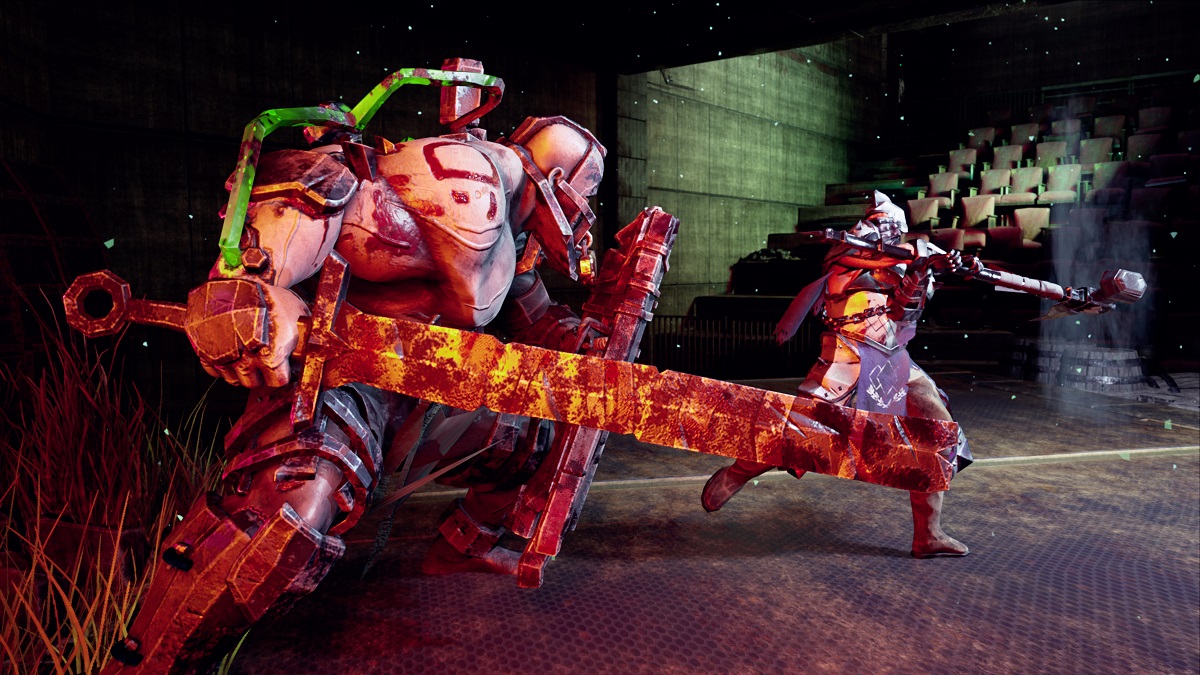
The idea gels with the game’s leveling tree and belief feature shared between Essences. In each system, characters are bound together for better or worse, and this plays into which Essences work well together and even the benefits/negatives of your overall team. For instance, one character might believe in something totally different from another (or they probably just don’t like each other), and this influences what positive or negative stats the team receives.
Those with conflicting backgrounds had the highest boons, like increased critical damage, but the trade-off is the whole team takes more damage. Healthy relationships among the group don’t have these harmful effects. However, being a daredevil and having a team of people who absolutely hate each other might be worth it based on how you build the Essences.
The leveling tree is teeming with upgrades, but some of the best are only accessible by investing in one character over another. Unfortunately, the pre-alpha version of Deathbound doesn’t offer anything besides stat increases. Still, I got the gist that the leveling process will subtly impact a player’s decision of who they’ll bring into battles, which synergizes with the game’s theme of party management and choice.
Related: Deathbound Trailer Reveals Techno-Medieval Soulslike for 2024
All of this is fantastic, but in execution, Deathbound still has a ways to go. After the demo, I’m most concerned about the environments and enemies. At several points across the demo’s dilapidated setting, combat felt terrible due to the small rooms and bending pathways you’d fight through.
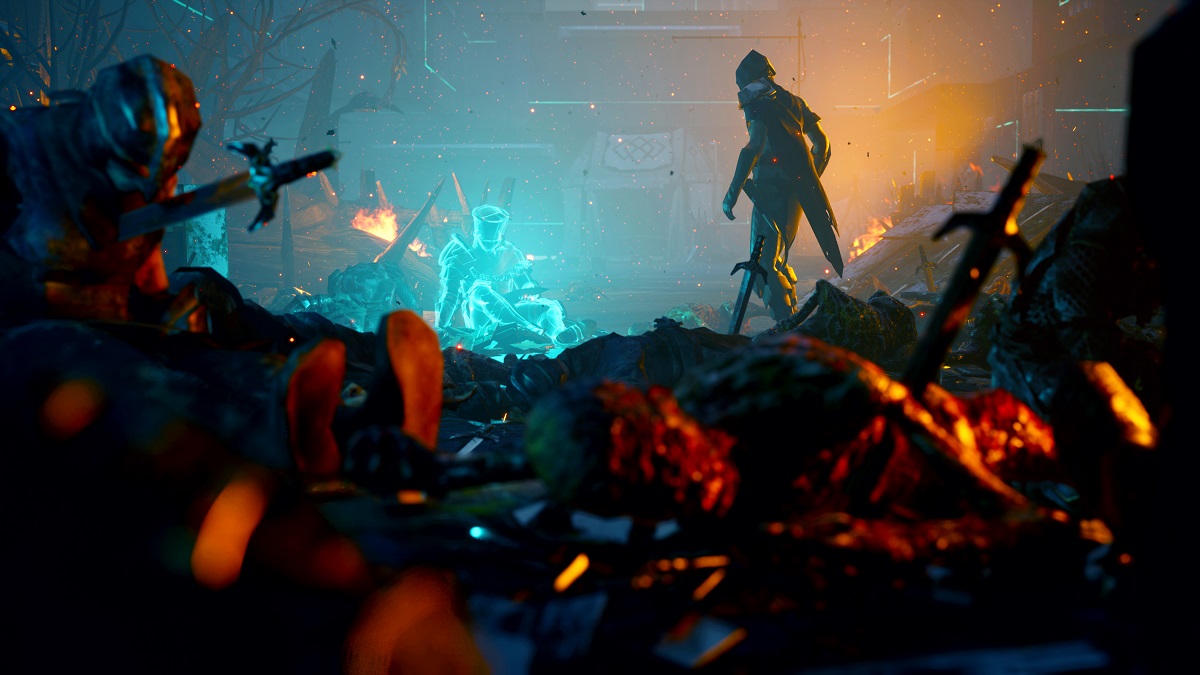
Some enemies would practically walk through the damage I was dealing and not stagger, so at times, I got pinned to a wall. Unstaggerable foes are totally fine, and I’d welcome them in any Soulslike game, but they become annoying when the battle arena isn’t great to fight within.
The demo had all the typical kinks you’d expect: enemies bugging out on walls, stiff character animations, and rough combat balancing, but overall, its focal idea shined through.
Developer Trialforge Studio has already successfully implemented what makes Deathbound unique well, and if the studio can further optimize the feel of the experience and fix its technical bumps, this may just be a sleeper hitter.
Deathbound will be available on Steam.

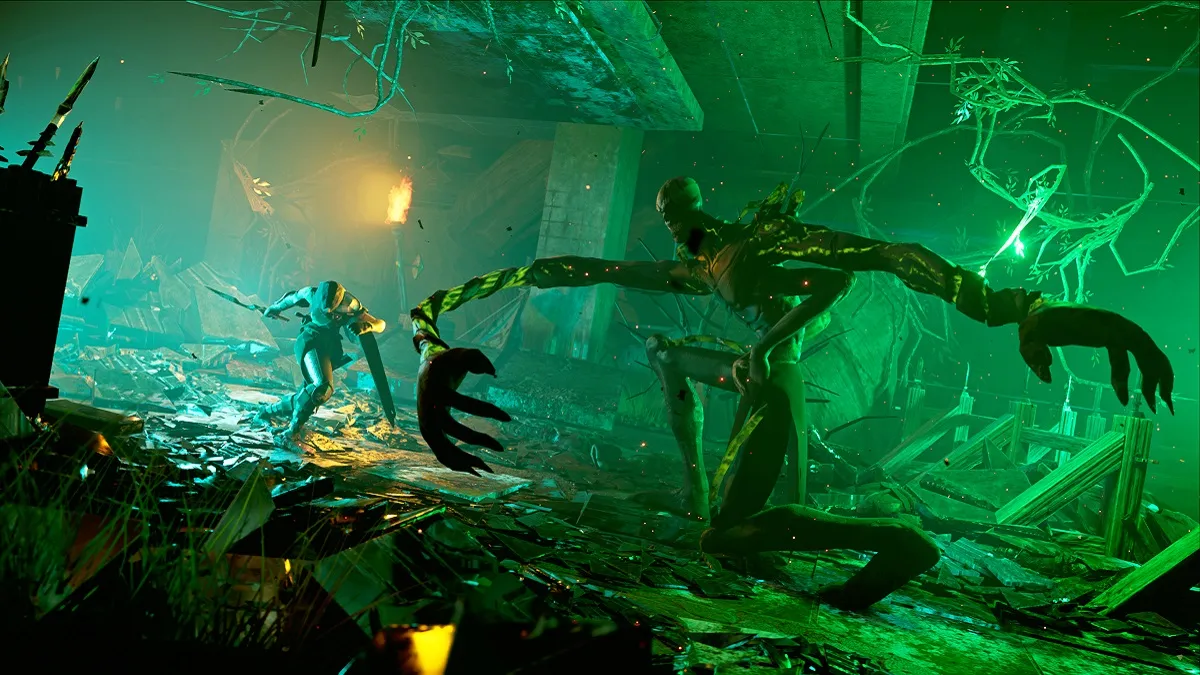


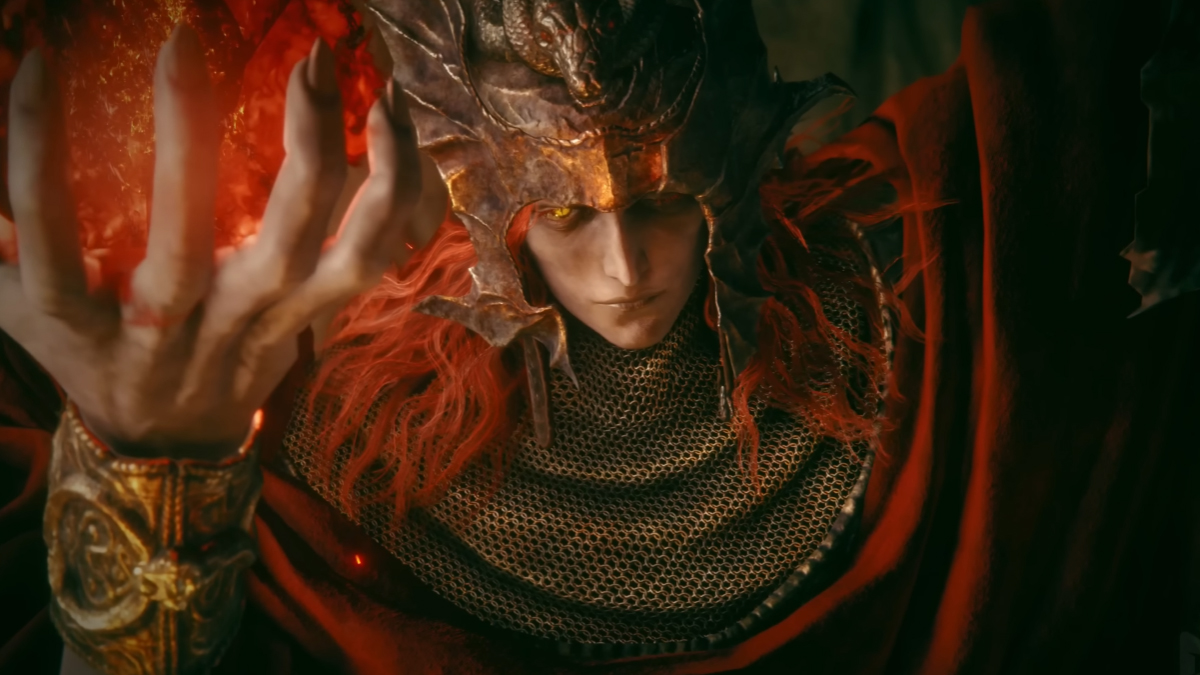

Published: Feb 11, 2024 05:38 pm